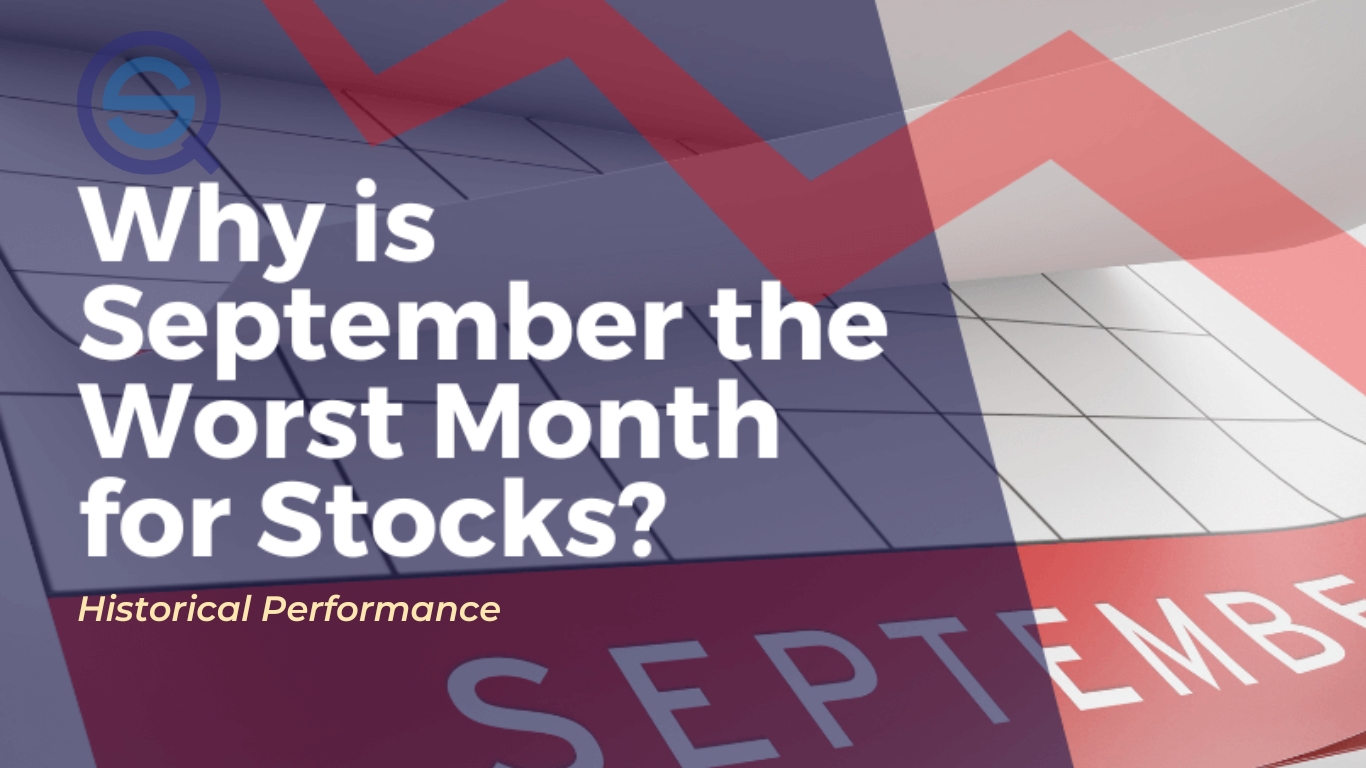September Is The Worst Month For Stocks (Historical Performance)
Yesterday, the 3rd of September 2020, witnessed a pretty big drop in the stock market with Nasdaq leading the decline with a drop of 5.07%.
Out of interest, I looked at the performance of September going back to 1970, using S&P 500 (not including dividends). The chart below shows the performance from the close of August until the close of September for the last 50 years (investing 100% of your equity):

The stock market has risen a lot since 1970, but an account worth 100 000 in 1970 is only worth 71 171 at the end of September 2019……..
The performance of September compares to this for all months:
| Avg. gain % | Win-ratio % | |
| January | 1.28 | 60 |
| February | 0.17 | 57 |
| March | 0.86 | 63 |
| April | 1.51 | 71 |
| May | 0.44 | 61 |
| June | 0.33 | 57 |
| July | 0.64 | 49 |
| August | 0.02 | 56 |
| September | -0.58 | 46 |
| October | 0.82 | 58 |
| November | 1.37 | 70 |
| December | 1.45 | 74 |
Why is September bad? I have no idea.
(This article was published on the 4th of September 2020.)
FAQ:
– What does the historical performance data reveal about September in the stock market?
The historical data, dating back to 1970 and using the S&P 500 (excluding dividends), indicates that September has consistently been the worst month of the year for stocks.
– How has the stock market performed overall since 1970?
Despite the overall rise in the stock market since 1970, the content notes that an account worth $100,000 in 1970 would only be worth $71,171 at the end of September 2019, emphasizing the consistent underperformance in September.
– What are the average gain percentage and win-ratio percentage for September compared to other months?
In terms of average gain percentage, September has a negative 0.58%, and the win-ratio percentage is 46, making it the worst-performing month historically. The performance data for all months is provided in a table.


